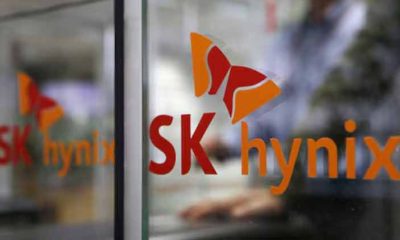In honour of Safer Internet Day, the popular video platform YouTube has shared some golden advice with internet users and viewers, instructing us on how to use resources more mindfully and protect our privacy.
Who can deny that the internet has become an inseparable part of our lives? Without going online, our personal and professional lives are incomplete. We rely on our smart devices and internet connections to help us learn new things or stay in touch with loved ones.
However, this raises concerns about safety. This is due to the fact that the younger generation, who was born into technology, appears to understand and use the internet better than their parents. This makes it difficult for families to communicate with one another and for parents to control the content their children see.
This is where YouTube comes into play. The website has shared four ways in which it empowers users to have a safer internet experience.
Here is the most recent YouTube management advice, which ranges from controls and family-friendly resources to mindfulness exercises and data privacy safeguards.
Digital security apps
YouTube stated in a blog post that over the past several years, it has launched a number of tools to help users manage their time on YouTube, such as sleep reminders, time viewed counters, and controls to customise autoplay settings because everyone is striving to be more mindful of how we spend our time online.
According to YouTube, Safer Internet Day is a good reminder to check your settings and make sure they still work for you.
Review and manage your data daily
Regularly reviewing your YouTube data gives you more control over your viewing experience and helps to protect your privacy. YouTube makes it simple to view your data by using the “Your Data in YouTube” tab. There is an overview of your content and activity data, as well as settings and controls for managing your data and information on how it is used to improve your experience.
You can use your watch and search histories to help YouTube and other Google services make more relevant recommendations to you. You can also view or delete your YouTube activity, including comments on videos and channels you’ve subscribed to.
Child and adolescent protection
Every family has a distinct relationship with media and technology.
“We offer options to help parents and carers decide what’s best for their kids and are investing in new ways to improve these experiences,” the blog post stated.
Signing in to YouTube Kids on compatible devices is a quick way to make YouTube work better for families.
YouTube Kids gives logged-in parents the ability to customise their children’s experiences. They can create a profile with personalised settings for each child, restrict or approve specific channels and videos, and even share YouTube content with their children directly through YouTube Kids.
Second, families with tweens who own mobile devices or want their own accounts may benefit from supervised YouTube time. Over the last year, support for these supervised accounts has grown to allow tweens to log in on gaming consoles, smart TVs, the YouTube Music app, and other devices.
“This allows us to respect a parent’s content preference across all devices in the home where their tween watches videos or listens to music.”
Educate children about online safety
Because they will use technology for the rest of their lives, the safety and long-term success of today’s children are dependent on ongoing education.
When you open the YouTube Kids app, which was released today, you may notice the “Build a Safer Internet” playlist. The playlist will include songs that encourage families to use technology in an appropriate, healthy, and safe manner.
These films are intended to help parents and their families navigate the digital world. They include kid-friendly online safety guidelines, songs, and resources to help parents and children discuss responsible screen use.
Post Views: 87


 Sports3 months ago
Sports3 months ago
 Fashion2 months ago
Fashion2 months ago
 Sports3 months ago
Sports3 months ago
 pakistan3 months ago
pakistan3 months ago
 pakistan3 months ago
pakistan3 months ago
 World2 months ago
World2 months ago
 World2 months ago
World2 months ago
 Sports2 months ago
Sports2 months ago






















